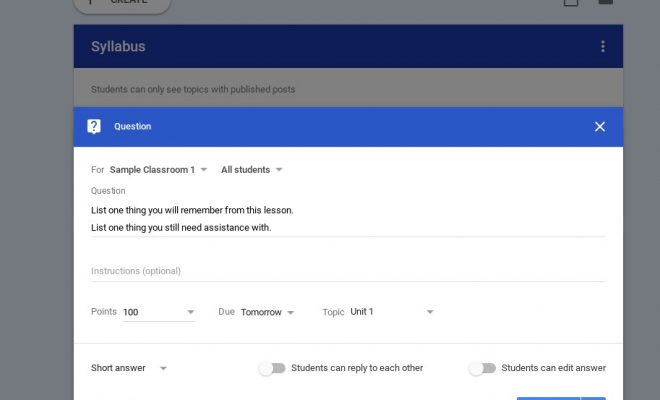How Immersive Tech is Bringing New Opportunities into the Classroom

Imagine a classroom where students are traveling back in time or inside the human body from their desks. With immersive technology, this is possible! Immersive technology is just what the terms dictate – technology that allows you to immerse yourself in it.
Immersive technology includes tools like augmented reality and virtual reality. Both AR and VR are finding new homes in the classroom and are bringing excitement to students. When students use AR to bring their textbook to life on their mobile devices, they are instantly more engaged. When they get to put on a VR headset and travel someplace new, their eyes and minds are opened.
If your school is not using immersive tech currently, you should expect that to change. FutureSource reports that it expects, “the number of students accessing HMD based VR/MR/AR content in K-12 institutions to grow from 2.1 million in 2016 to 82.7 million in 2021.” Let’s look at what we should expect from immersive technology.
Taking Students on Virtual Field Trips
Virtual reality allows students of all different socioeconomic backgrounds to travel all over the world. Those students who will never get to travel to another continent will get to experience it virtually in the classroom. But, it is not simply to travel to see new places. Virtual reality can also allow the user to travel back in time. Imagine how exciting it will be for students to learn history by traveling back in time virtually and experiencing it!
Engaging Students in New Ways
Augmented reality superimposes content into what users see in the real world. For example, the insanely popular game, Pokémon Go, utilizes AR. Students are more engaged when they get to use AR because they are taking something they new and adding a fun new element to it. For instance, AR technology can turn a basic image into a moving graphic. Many teachers are already using AR apps to transform their classrooms.
Learning Becomes Immersive and Interactive
AR and VR technologies make learning more immersive and interactive. Lessons are no longer boring. Instead, they are hands-on explorations. For instance, immersive tech is used in science classes to teach human anatomy. Instead of viewing images of the inside of a body, students can travel inside the body, as well as participate in virtual reality dissections.
Not only will immersive tech make classrooms more interactive, but it will also encourage collaboration. Many people mistakenly think of VR as an individual learning tool. For instance, the virtual world is not just one person. Instead, it is multi-user with users interacting with one another.





